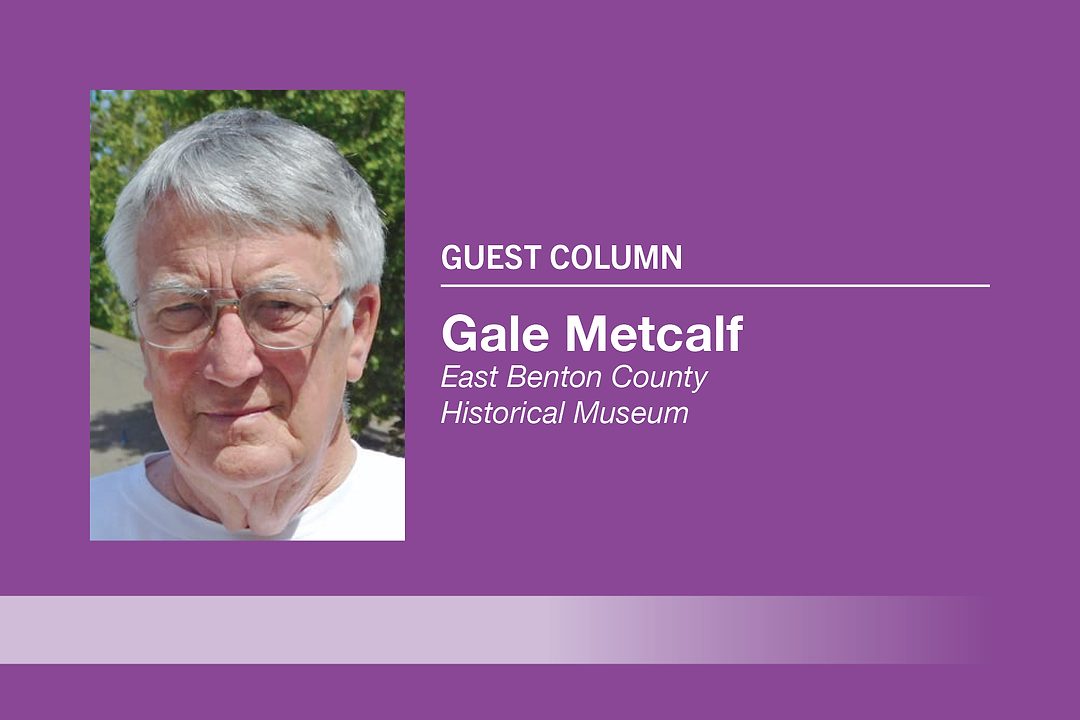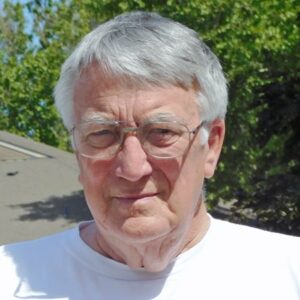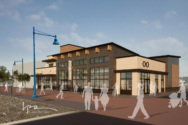
Home » From local twinkling to national tradition, it’s time to decorate the tree
From local twinkling to national tradition, it’s time to decorate the tree

December 3, 2024
December for Tri-Citians is a winter wonderland accentuated by colorful lights and festive decorations to bring spectacular viewing to the season.
Drab architecture disappears beneath displays of creative lights and decor to transform neighborhoods.
City streets of Pasco, Kennewick, Richland and West Richland widen in their appeal with their festive Christmas lighting and decorations.
And, across an entire nation, a century-old tradition brings together people of all persuasions who embrace the lighting of the National Christmas Tree.
This year begins the second century of the National Tree Lighting Ceremony. A year ago was the 100th anniversary of unveiling the first National Christmas Tree.
A West Virginian tree
At 5 p.m. on Christmas Eve 1923, President Calvin Coolidge turned on the 2,500 red, white and green Christmas lights on the 48-foot tall balsam fir donated by Middlebury College in Vermont.
This year’s National Tree Lighting ceremony is scheduled for Dec. 5 in 82-acre President’s Park near the White House.
CBS Television plans to broadcast the ceremony.
This year’s live National Christmas Tree, planted in 2023, is a 40-foot Norway Spruce from West Virginia.
The first ceremony featured church choir caroling, a performance by the U.S. Marine Band and President Coolidge and First Lady Grace Coolidge sharing in the singing of Christmas carols.
The first tree came from Coolidge’s native Vermont where he became president in the most unique swearing-in ceremony of any president in American history.
Coolidge, then vice president, was visiting his father’s home in Plymouth Notch, Vermont, when he was awakened by his father, John Coolidge, to learn President Harding had died.
In the darkened early morning of Aug. 3, 1923, by the light of a kerosene lamp in the parlor of his boyhood home, Coolidge was sworn in as 30th president by his father. The elder Coolidge was a small town justice of the peace who had authority to perform civil ceremonies, such as a presidential inauguration.

The first National Christmas Tree, lit on Dec. 24, 1923, in the middle of the Ellipse. The Washington Monument is seen in the background.
| Courtesy Library of Congress, Prints and Photographs DivisionLive and cut trees
Now let’s get back to the story about the famous holiday tree. Both live and cut trees have served as National Christmas Trees over the years.
The first live tree was lit exactly a century ago by President Coolidge at 8 p.m. on Christmas Eve 1924.
A live 30-year-old, 35-foot tall Norway spruce arrived on Dec. 13, 1924, for planting on a public square known as Sherman Plaza, south of the U.S. Treasury building.
In 1925, the ceremony featured a renaming. The National Christmas Tree became the National Community Christmas Tree and remained as such until 1972 when it returned to its former name.
Live trees served as the National Christmas Tree through 1953. In 1954, President Eisenhower lit the first cut National Christmas Tree in 30 years, a 67-foot balsam fir from Michigan.
Cut trees continued through 1972, before reverting back to live trees in 1973 and continuing since. Over the years the live trees have succumbed to disease and other maladies, requiring replacement.
The longest live National Christmas Tree was a 30-foot blue spruce from New York, which was used from 1978 to 2010. For 71 years, the tree has been placed on the north side of the Ellipse after earlier placings in other locations.
Wartime tree
President Franklin Roosevelt, joined by British Prime Minister Winston Churchill, lit the National Christmas Tree from the south portico of the White House on Christmas Eve 1941, just 24 days after the Japanese attack on Pearl Harbor, entering America in World War II.
Some 20,000 spectators were allowed on the White House grounds after experiencing a military inspection for security. Those who were Christmas shopping had to leave their packages outside the east gate.
Roosevelt insisted the ceremony go on and wanted the tree planted on the White House grounds, a first. Two 35-foot Oriental spruce trees were planted and served as the National Christmas Tree from 1941-53, alternating each year.
Both Roosevelt and Churchill, spending Christmas at the White House for sessions planning World War II strategies, spoke.
“Our strongest weapon against this war is the conviction of the dignity and brotherhood of man which Christmas Day signifies,” the president said.
Churchill followed: “Let the children have their night of fun and laughter, let the gifts of Father Christmas delight their play. Let us grown-ups share to the fullest their untinted pleasure, before we turn again to the stern tasks and formidable year that lies before us.”
Washington state was the supplier of one National Christmas Tree, a 75-foot Douglas fir in 1961. Oregon contributed a 75-foot Douglas fir in 1960. Seven trees from Washington, however, and two from Oregon, have served as White House Christmas trees for public viewing in the Blue Room.
Washington state ranks sixth nationally in the number of Christmas trees sold. Oregon is the top producer of Christmas trees at 4.7 million annually.
Gale Metcalf of Kennewick is a lifelong Tri-Citian, retired Tri-City Herald employee and volunteer for the East Benton County Historical Museum. He writes the monthly history column.
Senior Times
KEYWORDS December 2024
Related Articles
Related Products




